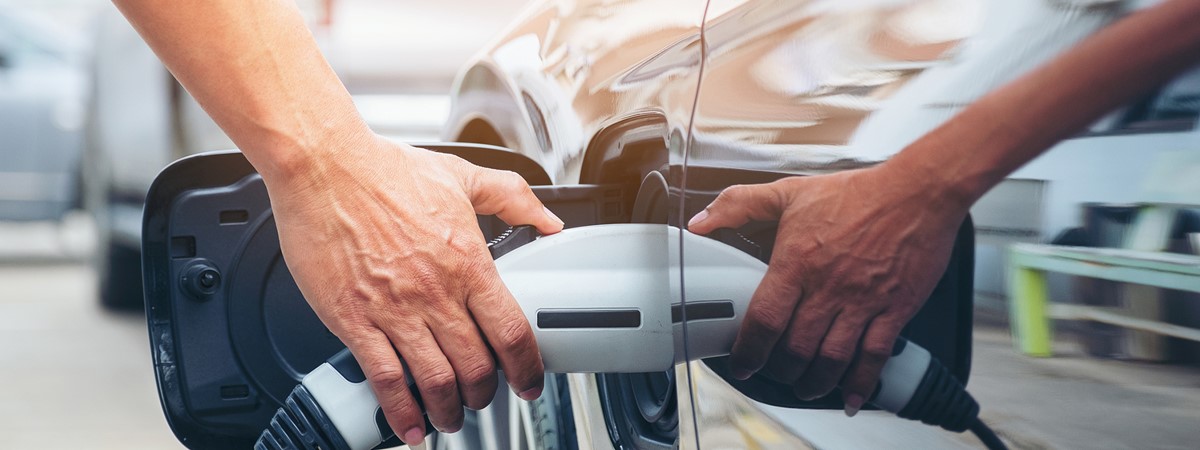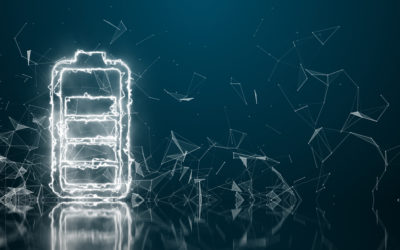[ad_1]

A report from the University of Birmingham published in Nature recently which looked at the recycling of lithium-ion batteries from electric vehicles raised concerns that a mountain of waste may be accumulating. The paper, which focused on the challenge of capturing and reusing metals such as cobalt, nickel and manganese, as well as lithium, sparked quite a response.
One commentator claimed: “Lithium-ion batteries remain one of the biggest challenges to the assumption that [battery electric vehicles] are ‘clean’” and quoted an estimate that just 5 per cent of components can be recycled, compared with up to 99 per cent of those in a lead-acid battery.
Thankfully this is wrong, but it does illustrate some of the misinformation and confusion surrounding the recycling of lithium-ion batteries. A much greater proportion of their constituents can be recycled – pyrometallurgical treatment typically offers less than 48 per cent and there are a lot of other treatment options currently being developed that promise higher levels approaching 98 per cent.
A more relevant ‘5 per cent’ figure would be the proportion of lithium-ion batteries that have so far been recycled; a relatively low figure but no surprise when the majority of devices and vehicles using them are still in operation.
A strong positive is that electric cars are lasting much longer than predicted. This certainly stalls ‘a mountain’ from emerging as the expected end-of-life point for an EV car isn’t accurately set just yet. The Society of Motor Manufacturers and Traders has just recorded that the first mainstream electric cars which went on the road 18 years ago are still going strong and first adopter vehicles like Nissan Leaf and Vauxhall Ampera are reaching high mileages with better than predicted battery health. Andy Latham, managing director of Salvage Wire http://salvagewire.com/, the recycling consultancy that provides my own company, Cawleys, with advice on battery safety, owns a 2012 Vauxhall Ampera that has completed nearly 140,000 miles and still has 92 per cent battery health. The car has undergone some brake changes but little else, highlighting how vehicles with fewer moving parts can enjoy reduced ownership costs and improved longevity.
Four strands are coming together to ensure that the future of transport is electric. Not only is it deemed mandatory by upcoming legislation, there’s also a global environmental consciousness, a need for realistic ownership options and a greater choice of electric and hybrid products coming to market. In October 2019, one in ten vehicles sold in the UK was an electric or hybrid model and all graphs predicting growth are pointing in an upward direction.
The million-pound question is, when will these batteries reach their end-of-life (EoL) and need treatment in sufficient volumes that they will create a mountainous problem if recycling routes aren’t present?
There’s very limited information on this, but scrap-car recycling network Cartakeback indicated recently that it expects to see Approved Treatment Facilities having to deal with EoL volumes of electric vehicles in the next five to ten years.
This leads us to the reality of what’s happening today. EV battery packs are actually thin on the ground and while a recycling market is developing, there’s a small amount of stockpiling as original equipment manufacturers and treatment facilities find solutions. There’s also burgeoning demand from enthusiasts and R&D companies, who are swallowing up the batteries that are available for projects including disposal trials, power storage and even car conversions from internal combustion to fully electric. The power and flexibility of large lithium-ion batteries certainly has its uses.
However, this does muddy the waters somewhat as development of recycling and reuse options can only accelerate in response to higher levels of demand. Without that demand, innovation in the waste industry to identify a clear and commercially viable business model is going to stall.
Treatment-wise, the most well-used recycling route for lithium-ion battery waste is via metallurgical treatment plants in Europe, as the UK currently doesn’t have this ability domestically. Companies such as Umicore have invested millions of euros to establish a process that starts with pyrometallurgy and extracts cobalt, nickel and copper as an alloy, which is then further separated at a hydrometallurgical stage. Other cathode metals like lithium and manganese form a salt residue, which is currently sent on to the aggregates industry. The initial heat treatment does make recovery of other battery constituents difficult, as a good proportion of the battery is destroyed in the process – hence the overall recover figure of less than 48 per cent.
The EU Battery Directive, which currently governs producers’ recycling responsibilities, spells out the minimum requirements for recycling at 50 per cent, so there is clearly some improvement available. The story of lithium-ion battery recycling has only just begun, with innovation and new ideas of how best to deal with them now starting to emerge.
Setting a target isn’t the same as achieving it, but as we’ve been handling lithium-ion batteries since 2012 there’s a level of confidence that recycling services will grow with the problem and not be shocked when volumes arrive. Currently, the waste batteries we’re working on at Cawleys are from R&D destructive testing and premature end of life. By design, these are when the battery packs exhibit their highest danger levels requiring the most stringent packaging and transport considerations. That high level of risk continues into the decommissioning phase, but is reduced as the packs are broken down to a modular level where voltages are much lower; it’s a safer prospect to work with 20 30V modules than a single 600V battery.
However, the reverse logistics of breaking down an electric battery are complex. At present it involves a specially trained technician wearing specific arc-flash-proof protective clothing and using insulated tooling. Risk assessment and method statements make the process as safe as it can be, but even with such protocols the danger of fire and electrocution is very real. Away from these obvious hazards, the handling of a battery that can weigh more than 600kg mass is awkward and sometimes easier said than done, especially when it is heavily damaged with componentry fusing together after a heat event.
All of our current dismantling effort is dependent on skilled manpower and while this fits right now as volumes of batteries are low it won’t be the way forward as they increase due to labour costs and speed. However, the one thing the waste and automotive industry does have is a well-trodden history of mechanical solutions using shredders, density separation, magnets, eddy currents and screens that can help in the segregation of componentry from lithium batteries.
The trick here is to do it safely, without creating a fire and releasing toxic gases, which is a certainty if you throw a battery with charge into a shredder. There are mitigating techniques like doing this in an oxygen-less atmosphere or freezing the batteries in liquid nitrogen first, but success is mixed and the energies required to create the conditions high.
The main sure way to prevent fires is to remove electrical energy from the battery through deep discharge, which is a touch impractical for small individual cells but very possible for large battery packs and modules for an industrial-scale process.
Other new techniques are also emerging in the shape of bio-leaching and ultrasonics, but there is a long way to go before they are commercially viable. That said, the future for lithium-battery waste recycling is very buoyant and an exciting opportunity, especially in the UK.
Recycling companies have made great inroads to offer compliant services with a clear eye on the future and what the market is likely to want and need. New relationships are being formed all the time and collaboration has been the secret of success as the answer for lithium-battery recycling truly is multifaceted. Overall, the picture is a positive one.
Alan Colledge is a senior manager with Cawleys Hazardous Services.
[ad_2]
Source link
2020-02-06 10:44:47
Alan Colledge
[author_name]:author name
https://eandt.theiet.org/content/articles/2020/02/recycling-industry-is-on-course-to-prove-pessimism-of-ev-waste-warnings/
https://eandt.theiet.org/content/articles/2020/02/recycling-industry-is-on-course-to-prove-pessimism-of-ev-waste-warnings/
eandt.theiet.org





0 Comments